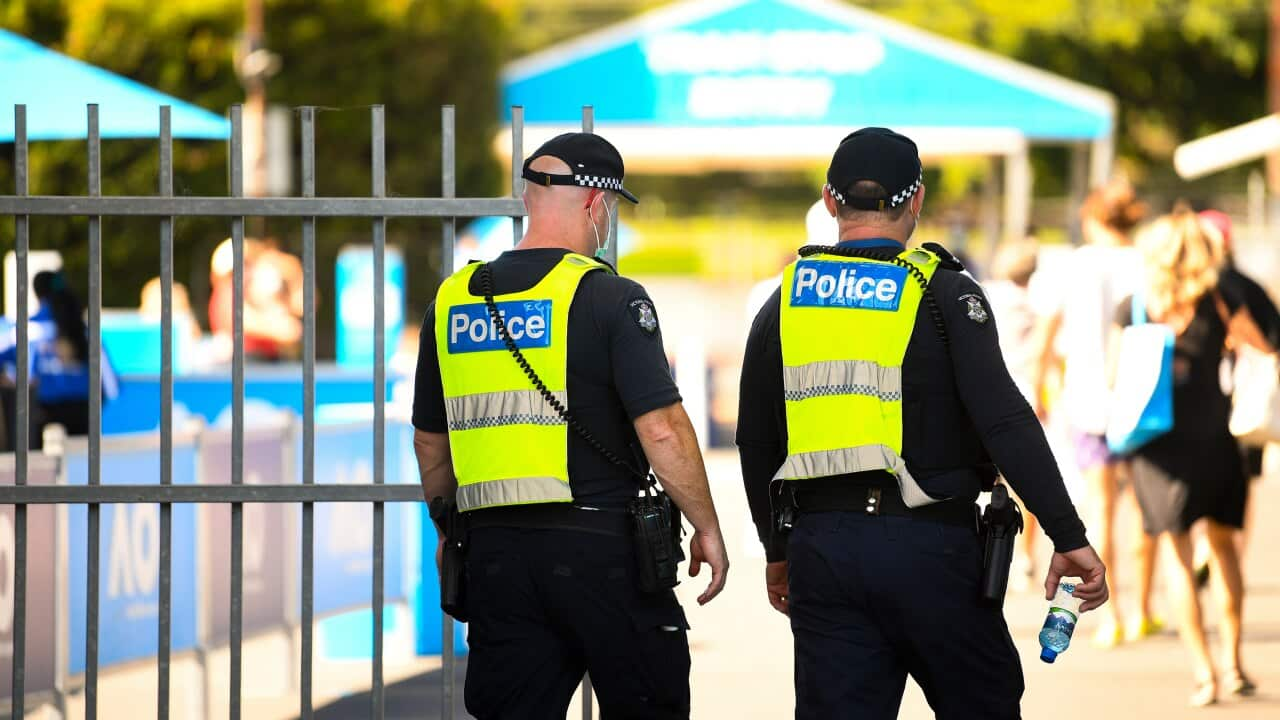An Aboriginal man has died in custody at a Melbourne maximum-security prison, prompting the state premier to concede more needs to be done to reduce the rate of Indigenous people being imprisoned.
In a statement, the Victorian Department of Justice and Community Safety said the man died at Port Phillip Prison on Wednesday.
“As with all deaths in custody, the matter has been referred to the Coroner, who will formally determine the cause of death,” a spokeswoman said.
A 'national crisis'
Waanyi woman Jamie McConnachie, the executive officer of the National Aboriginal and Torres Strait Islander Legal Services, said the deaths of First Nations people in custody represent a ‘national crisis’.
“A prison sentence should not be a death sentence,” she said.
Ms McConnachie said governments of all levels needed to finally implement the recommendations of the 1991 Royal Commission into Aboriginal Deaths in Custody.
“We have the solutions that were provided 30 years ago, the deaths, suffering, and these issues that anchor us into oppression, they are senseless and they are preventable,” she said.
Victorian Greens Senator Lidia Thorpe urged people to respect the privacy of the man’s family.
“These are real people's lives which have just been torn apart, again, by this system,” the Gunnai, Gunditjmara and Djab Wurrung woman said.
“The grief, the pain and the loss is overwhelming. The family demands respect and privacy as they process their grief.”
'Significant challenges'
State Premier Daniel Andrews acknowledged more needed to be done to reduce the disproportionately high rate of Indigenous people being imprisoned in Victoria.
“We’re the first to acknowledge that there is more that has to be done here. Our rates of incarceration amongst First Nations Victorians is far too high … there are significant challenges there,” he said.
The Indigenous incarceration rate in Victoria is 1,747 per 100,000 Aboriginal and Torres Strait Islander adults, according to the latest figures from the Bureau of Statistics.
That’s more than 13 times higher than the general population rate in Victoria, which is just 128 per 100,000 adults.
The Royal Commission into Aboriginal Deaths in Custody, which handed down its findings more than three decades ago, found that Indigenous people were not more likely to die in custody than other people. However, it did find that they died at higher rates because they were grossly overrepresented in custody.
In response to today’s news, Mr Andrews said Corrections Victoria would conduct its own review into the man’s death.
“They will look carefully at what has occurred here and if there are any learnings if there is anything that needs to change then, of course, they’ll make those changes,” he said.
“There’s a whole raft of different measures that we are putting in place to provide better healthcare, better criminal justice outcomes, better outcomes in a broader context as well as dealing with the unique needs of First Nations Victorians in custodial settings.”
Push to OPCAT implementation
The news comes as Australia’s chief law officers prepare for their first in-person meeting in more than two and a half years, where the nation’s prisons are expected to be discussed.
Ahead of today’s meeting with his state and territory counterparts, Attorney-General Mark Dreyfus urged the other jurisdictions to adopt consistent custody notification services.
“We are more than 30 years on from the Royal Commission [into Aboriginal Deaths in Custody], that my colleague Patrick Dodson was the commissioner for, and we are still seeing black deaths in custody,” he told ABC Radio Melbourne.
“Some states have got custody notification services, some states have worked very hard on making sure there are protections and proper procedures in place and we need to make sure it’s everywhere.”
Mr Dreyfus also confirmed the Attorneys-General would discuss implementing the Optional Protocol for the Convention Against Torture (OPCAT), a treaty ratified by Australia in 2017, at the meeting.
Under the treaty, the federal government was required to establish a detention oversight body, a National Preventive Mechanism, in January but has yet to do so.
“We need to get national protective mechanisms in place in every state and territory because all the prisons, all the youth detention centres are run by the states and territories, and it’s a cooperative effort, it’s on the agenda for today,” Mr Dreyfus said.
The United Nations Subcommittee on Prevention of Torture will visit Australia in October to assess local prisons, detention centres, police stations, and mental health centres.














